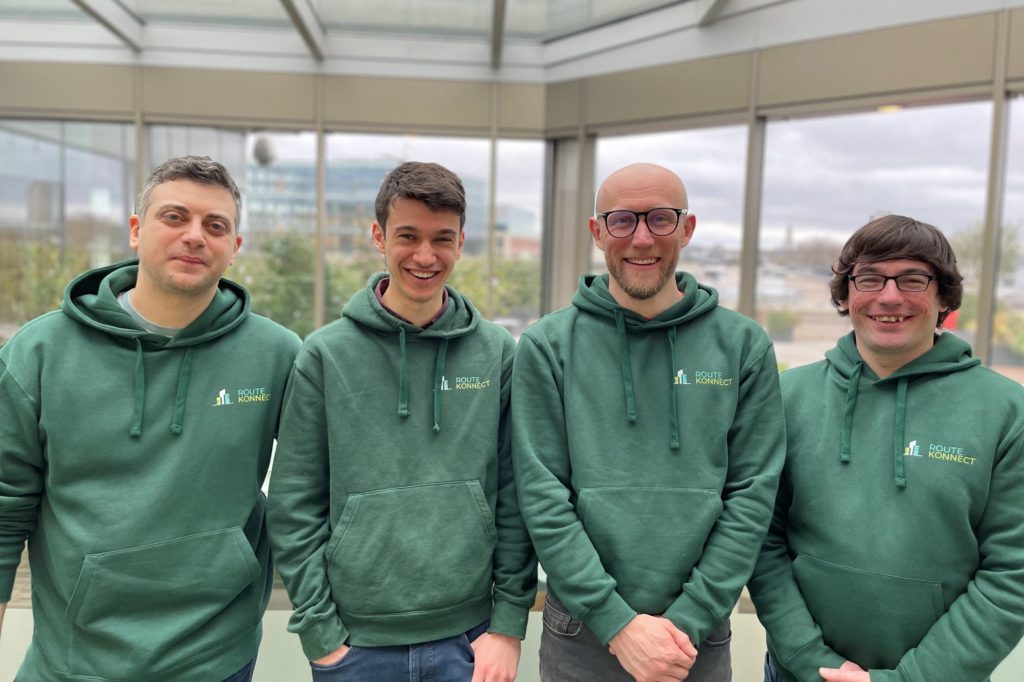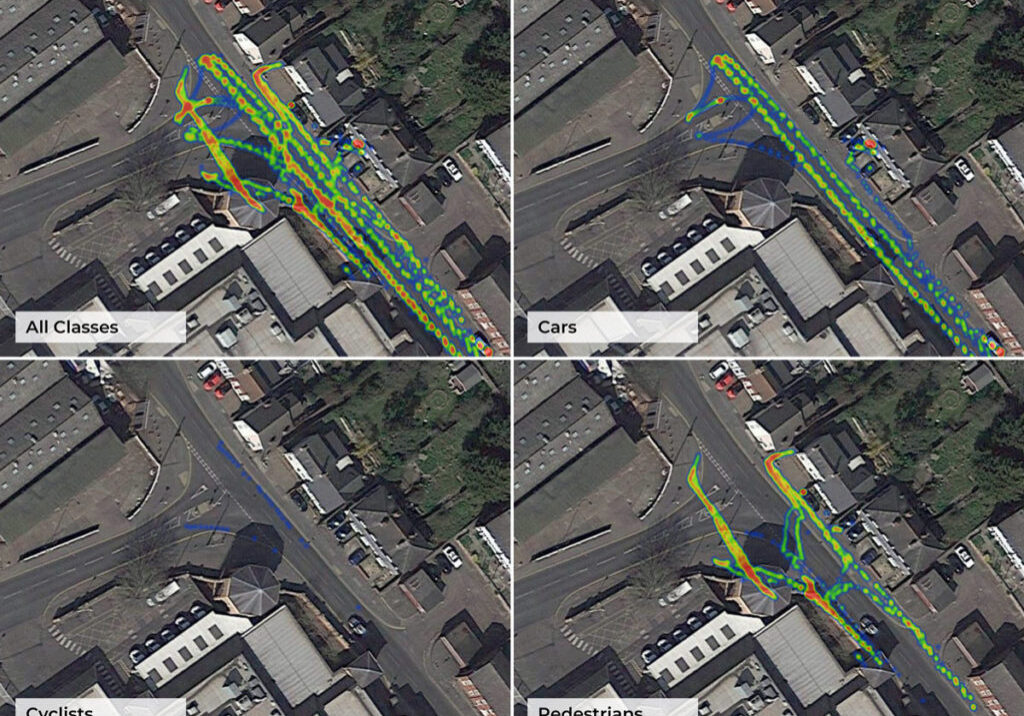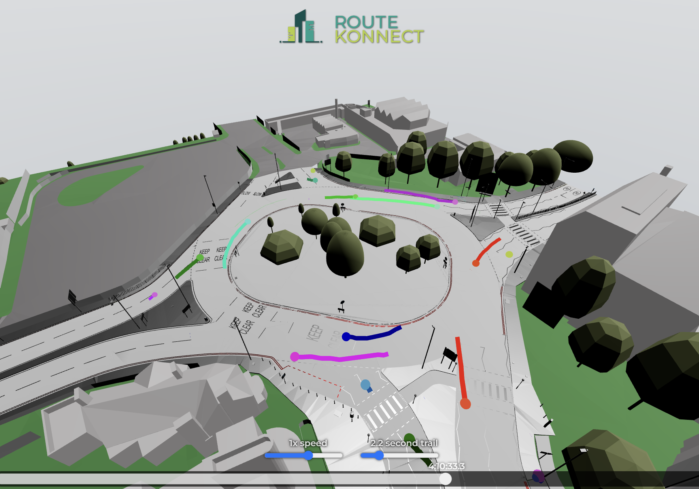If you are a regular reader of our newsletter or follow us on socials the chances are you’ve heard us talk about our world-first innovation in cross-camera movement understanding. But what does this actually mean, and how is it transforming the way movement understanding studies are done?
Here we take a deep dive into the tech that makes Route Konnect unique, and what it means for our customers.

How a Traditional Movement Study Works
So, what makes Route Konnect’s approach so special? Let’s start by examining the way a typical movement study has worked until now.
Traditionally, the way many turning count studies are conducted is that footage is recorded and sent away for manual counting. In 2023, most companies still use a process which has a person watching the footage and clicking a button for every road user they see!
The resulting spreadsheets provide end users with:
HOWEVER...
Traditional Ways of Tracking Movement Across Multiple Cameras are Problematic and Outdated
Until now, there have been two ways in which a provider has been able to track an entity across multiple cameras – Facial Recognition and Automatic Number Plate Recognition (ANPR). Both can be used to match up segments of movement as an entity moves from camera to camera.
However, there are significant problems with this technology:
Automated Counting and Faster, Richer Insights
For our customers, this technology can transform the way in which movement understanding studies are completed.
Remember the part about sending footage away to be manually counted, which leaves the footage open to human error, and creates a slower, more expensive approach?
We have fully automated this counting process. With our computer-vision based Artificial Intelligence (AI) technology, customers upload their footage onto our secure online portal, and we take it from there. We offer a fast turnaround and exceed the industry standard customer expectation of 95% accuracy. And we can do all of this without the need to purchase expensive hardware – our technology works even with existing low-resolution cameras.
We also offer our customers additional benefits not possible from a manual count, which will simply provide a spreadsheet of numbers. We offer visual outputs, such as heat map and desire line images and time lapses, creating a clear picture of how road users are moving and interacting with each other.
We Connect Movement Anonymously

Route Konnect’s groundbreaking approach does not require the use of any personally identifiable information whilst still being able to produce cross-camera movement understanding, connecting the movements of a road user (whether in a vehicle, on foot, or on a bike) anonymously across multiple cameras at a location. The exact methods we use are guarded as our “secret sauce”, but we can share an overview of how it works:
The video processing uses two types of clues to perform the matching of an entity from one camera to the next. The first clue is historic movement. Using an understanding of the previous movement of an entity, a prediction can be made about where they will appear next – when new detections occur and one is present in the predicted location, even on a different camera, there is a strong likelihood that the detection belongs to the same entity.
This movement-based prediction does most of the work for cross-camera movement understanding. However, there are some scenarios where this will break down, particularly with larger gaps between cameras and when there are multiple entities moving in similar directions. For these scenarios, we developed a machine learning approach called ‘Appearance Descriptors’.
These descriptors are generated by passing the part of the image where the entity was detected in to an AI algorithm, which outputs numbers representing an approximation of the visual data. Unlike with facial landmarks or license plates – the numbers generated are abstract and aren’t unique to a person. Instead, they merely provide enough of a clue to assist that movement-based matching to resolve any ambiguity.
We tested the performance of the appearance descriptors in isolation and found that they weren't precise enough to identify individuals, but provided enough of a boost that Route Konnect is able to offer highly accurate, cross-camera movement understanding.



